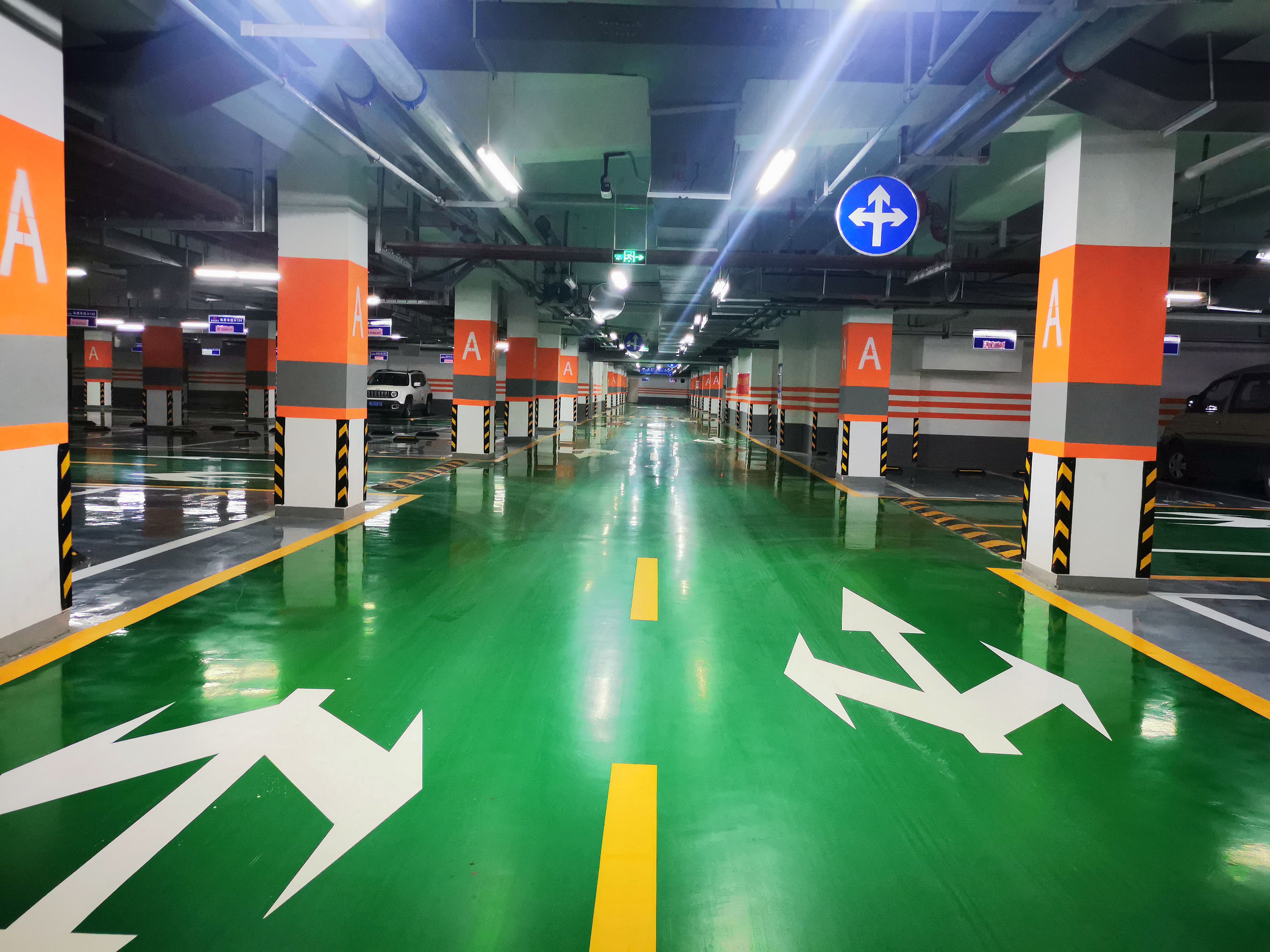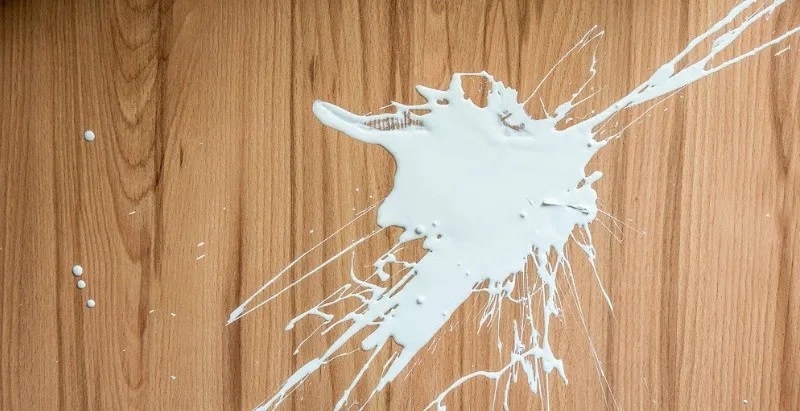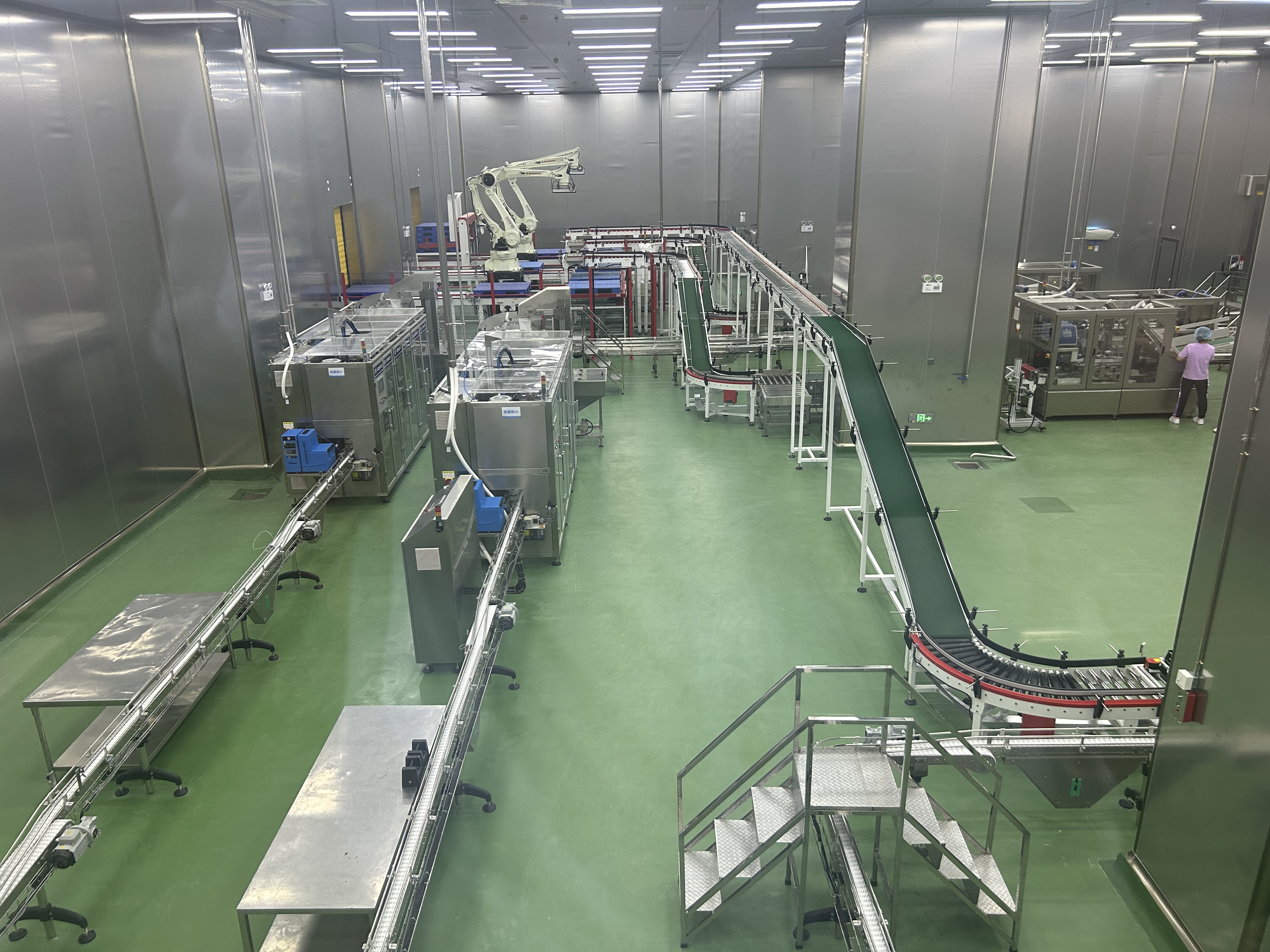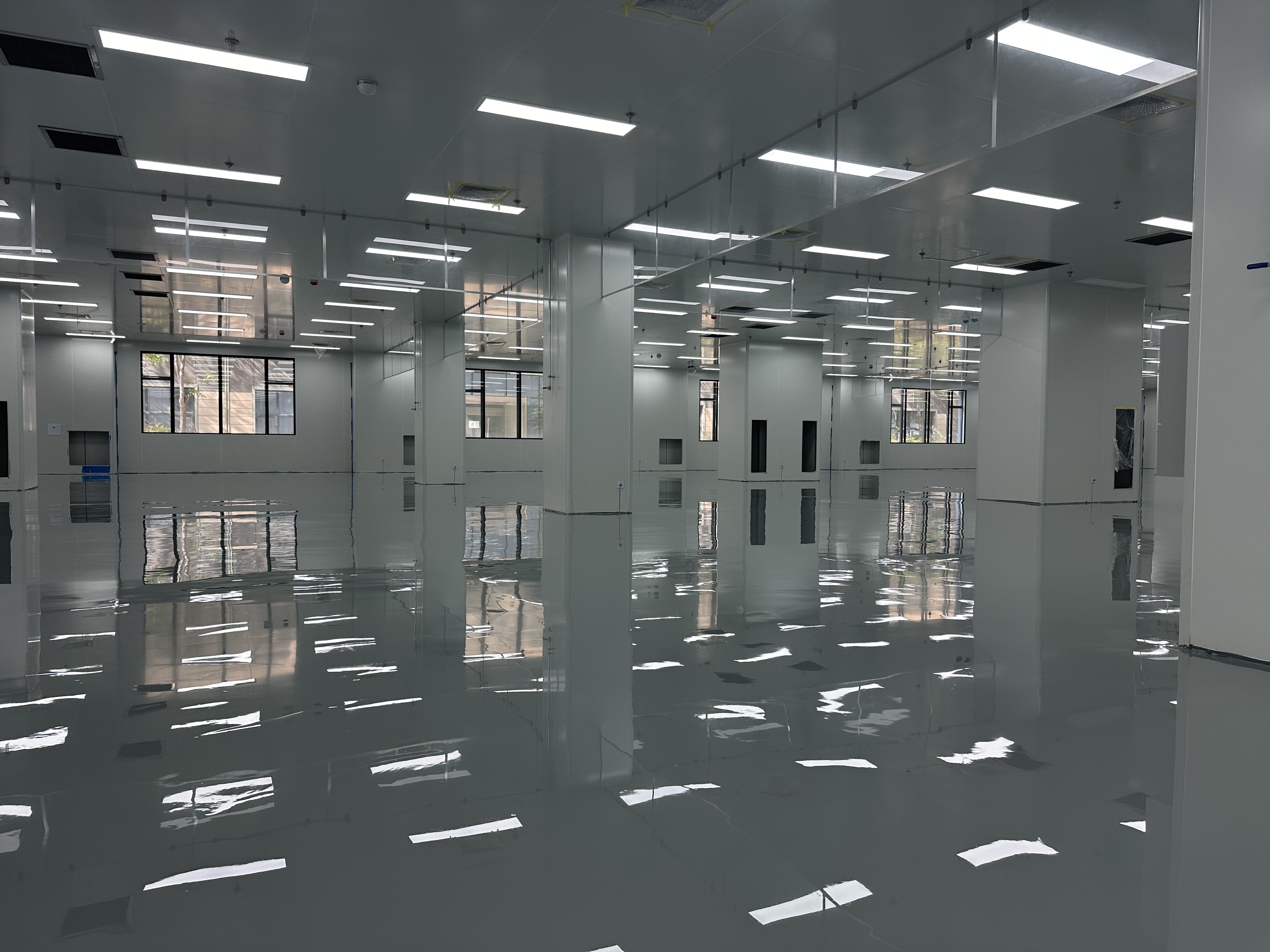What are the common quality problems of emery flooring?
During the construction and use of emery floors, problems such as color difference, excessive flatness deviation, cracks, sanding, and peeling often occur. These issues not only affect the appearance of the floor but also may reduce its service life. However, reasonably avoiding these problems and even optimizing with floor paint-related solutions can significantly improve the performance of the floor. The following is a detailed analysis from three aspects: causes of problems, preventive measures, and remedial methods.
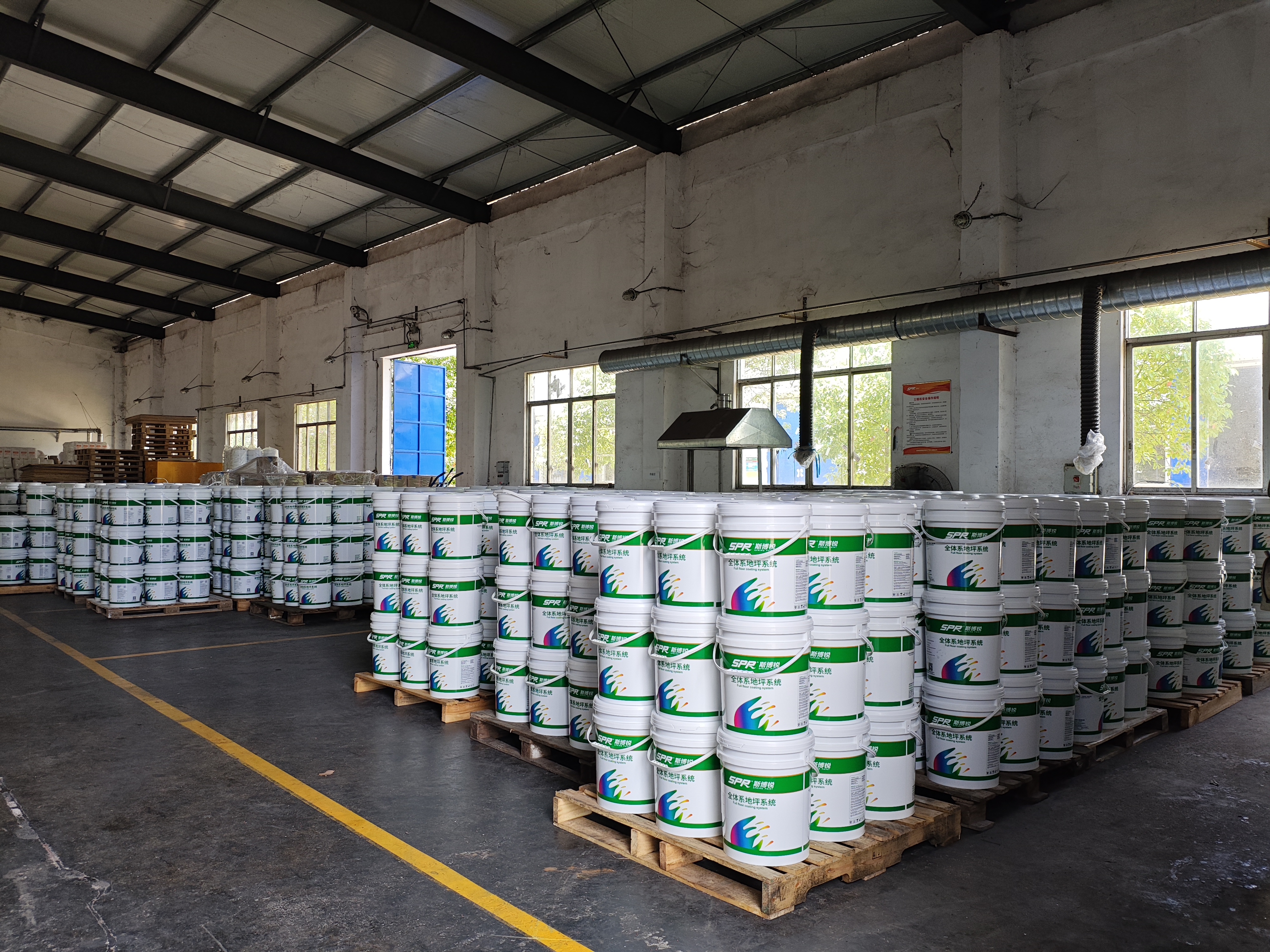
1. Color Difference: Affecting the Uniformity of Appearance Color difference in emery floors undermines the visual neatness of scenarios such as workshops and warehouses. There are three main causes: First, improper control during material selection. If the quality of the selected emery aggregate is unstable or the formulas of materials from different batches differ, it is easy to cause uneven floor color after construction. Second, non-standard material spreading process. Failing to spread materials in batches according to standards not only leads to insufficient material usage but also results in uneven emery thickness across the floor, with obvious color depth differences between thicker and thinner areas. Third, incorrect maintenance methods. If plastic film is used for maintenance, the area where the film contacts the floor will block the normal evaporation of moisture, causing that part to turn white, while the area not in contact with the film has uniform moisture evaporation and maintains a normal color, forming a significant color difference. To address color difference, preventive measures should start from the source: First, during material selection, prioritize manufacturers with stable product quality and good market reputation to ensure consistency between batches of emery aggregates. Second, material spreading must strictly follow the construction guidelines, spreading evenly in batches, with a dosage of no less than 5kg per square meter to ensure uniform thickness across the floor. Third, using plastic film for maintenance is strictly prohibited. If construction is carried out in summer, water can be sprinkled in batches for maintenance, with an interval of 2-3 hours between sprinklings to ensure slow and uniform evaporation of floor moisture and avoid color deviation. 2. Excessive Floor Flatness Deviation: Affecting Functional Usability Traditional floors have clear requirements for flatness, with an allowable vertical and horizontal deviation of ≤2.5mm/2m. Once the deviation exceeds this standard, problems such as bumpy forklift operation and unstable equipment placement will occur. The main causes of excessive flatness deviation include: First, insufficient precision in formwork erection and inaccurate elevation calibration, resulting in height differences in the poured concrete base itself. Second, failure to perform leveling operations according to standards during concrete pouring, leading to local depressions or protrusions. Third, uneven spreading of emery wear-resistant materials, where the height difference between thicker and thinner areas further exacerbates floor unevenness. To prevent excessive flatness deviation, each construction link needs to be refined: Step 1, strictly calibrate the elevation line. Set a steel rod every 2 meters or so, ensure the elevation of the steel rod is consistent with that on the longitudinal joint formwork, and repeatedly verify with a level to ensure accurate formwork erection. Step 2, when handling concrete joints, first chisel and level the surface of the old concrete. When pouring new concrete, maintain consistency with the levelness of the already poured floor. If individual depressions are found, fill them with additional materials in a timely manner. Step 3, optimize the wear-resistant aggregate spreading process and spread in two batches: Spread 2/3 of the total dosage in the first batch, ensuring the mixture falls evenly and avoiding forceful throwing which may separate aggregates from cement. After the wear-resistant material absorbs a certain amount of moisture, use a grinder to grind and disperse it to fully combine with the base concrete slurry. Spread the remaining 1/3 in the second batch, with the spreading direction perpendicular to the first batch. Before spreading, use a leveling rod or straight scraper to measure the levelness and adjust the uneven areas from the first spreading. Immediately level and polish after spreading, and the grinder should operate alternately in vertical and horizontal directions at least twice to ensure uniform material distribution without accumulation. Finally, conduct a third repair: Fill and level any remaining depressions, and manually press and polish areas such as corners that cannot be reached by the grinder to ensure overall flatness. 3. Floor Cracks: Threatening Structural Stability Cracks in emery floors not only affect appearance but may also expand and cause floor damage. There are five common causes: First, failing to grasp the initial setting time of concrete. Spreading emery wear-resistant aggregates when the concrete has low water content leads to poor bonding between aggregates and concrete, making it prone to cracks later. Second, improper construction methods. If the thickness of the wear-resistant layer (emery layer) is insufficient, or the construction environment temperature is too high, causing the wear-resistant layer to lose water too quickly, the floor will experience volume shrinkage and linear shrinkage, leading to cracks or hollowing. Third, improper maintenance. Failure to maintain the floor within the specified time after construction, insufficient water spraying maintenance, or even direct maintenance with cold water when the concrete temperature is high, resulting in excessive temperature difference and floor cracking. (Note: When using emery floors alone, it is recommended to use oil-based curing agents with film-forming effects for maintenance; if the emery floor needs subsequent curing or epoxy floor paint treatment, water can be directly used for maintenance.) Fourth, too late cutting of expansion joints. If expansion joints are cut more than 24-48 hours after the construction of the emery floor, as the floor hardness gradually increases, "edge chipping" is likely to occur during cutting, resulting in cracks. Fifth, excessively large spacing of division joints, exceeding the load-bearing capacity of the floor, which also causes cracks. Preventing cracks requires multi-dimensional control: First, strictly control the time of the first material spreading to ensure the concrete is in a suitable initial setting state, avoiding too early or too late spreading. Second, adopt the method of synchronous construction of the concrete layer and the wear-resistant layer (emery) to improve the bonding between the two layers and reduce layered shrinkage. Third, ensure the maintenance time is no less than 14 days, and avoid excessive temperature differences during maintenance. Fourth, reasonably control the joint cutting time, cutting expansion joints within 24-48 hours after construction. Fifth, the spacing of division joints is generally no more than 6m×6m (traditional floors require joint cutting, while prestressed floors do not), to reduce floor shrinkage stress. 4. Floor Sanding, Peeling, or Pockmarked Surface: Reducing Wear Resistance and Aesthetics Sanding, peeling, or pockmarked surfaces on emery floors reduce the floor's wear resistance and easily trap dirt. There are three main causes: First, rough roughening and polishing processes. The floor is not fully compacted and polished, leaving loose particles on the surface. Second, inadequate maintenance or insufficient maintenance time. The floor strength fails to meet standards, and the surface is prone to peeling and sanding. Third, improper control of the wear-resistant aggregate spreading time. Spreading too early causes aggregates to sink into the concrete, losing the wear-resistant effect; spreading too late makes the concrete set and lose adhesion, leading to poor combination of aggregates, easy peeling, or pockmarked surfaces. Preventing such problems requires optimizing processes and time control: First, strengthen grinding and polishing operations. Use a grinder to fully grind, compact, and roughen the floor no less than 3 times, then use a floor polisher to polish and level it no less than 3 times to ensure the floor is dense and flat. Second, extend the maintenance time to no less than 14 days to ensure the steady improvement of floor strength. Third, strictly control the wear-resistant material spreading time. The spreading time should be flexibly adjusted according to factors such as climate, temperature, and concrete mix ratio. The most intuitive judgment method is: when stepping on the floor, it sinks by about 5mm, and then the first spreading can start. At the same time, water evaporates faster at edges such as walls, columns, doors, and formwork, so spreading should be prioritized in these areas to prevent the impact of water loss on the bonding effect between aggregates and concrete. 5. Remedial Measures for Common Problems Even with good prevention, if problems still occur in the emery floor, targeted remedial measures can be taken: - Local damage: First, clean the damaged area thoroughly, fully soak it with water, then mix styrene-butadiene latex with water and hardener material from which aggregates have been screened out to make mastic putty for repair. Finally, apply a mixture of styrene-butadiene latex and water to improve the adhesion and wear resistance of the repaired area. - Large-area damage: According to actual needs, mark and saw the damaged parts, chisel off the surface layer and part of the base layer, clean thoroughly, sprinkle water to moisten, brush plain cement slurry, and re-pour concrete. After the concrete initial sets, construct the emery hardener surface layer according to standards. If higher cleanliness or corrosion resistance is required later, a suitable epoxy floor paint or anti-corrosion floor paint can be applied on the emery surface layer. - Floor peeling: Cut and chisel off the peeled area to form a rough pockmarked surface. Spray water to moisten the pockmarked area, then use repair mortar of the same grade as the concrete to smooth it by troweling. If it is necessary to improve the floor performance, a curing agent can be applied after repair and leveling, or floor paint can be applied according to scenario requirements. - Crack remediation: Treatment should be based on the type and impact degree of cracks: For cracks requiring anti-seepage, anti-scour, and wear resistance on the surface, perform surface sealing treatment; For cracks that affect structural integrity, strength, anti-seepage performance, or may cause steel corrosion, adopt grouting treatment; For cracks endangering the safety of the building, in addition to grouting, additional reinforcement is necessary if required; For temperature-sensitive cracks, handle them in the later stage of the low-temperature season when the crack opening is larger; For active cracks, flexible materials must be used for filling to prevent cracks from expanding again.
Link to this article:https://sprcoating.com/news/What-are-the-common-quality-problems-of-emery-flooring_119.html
